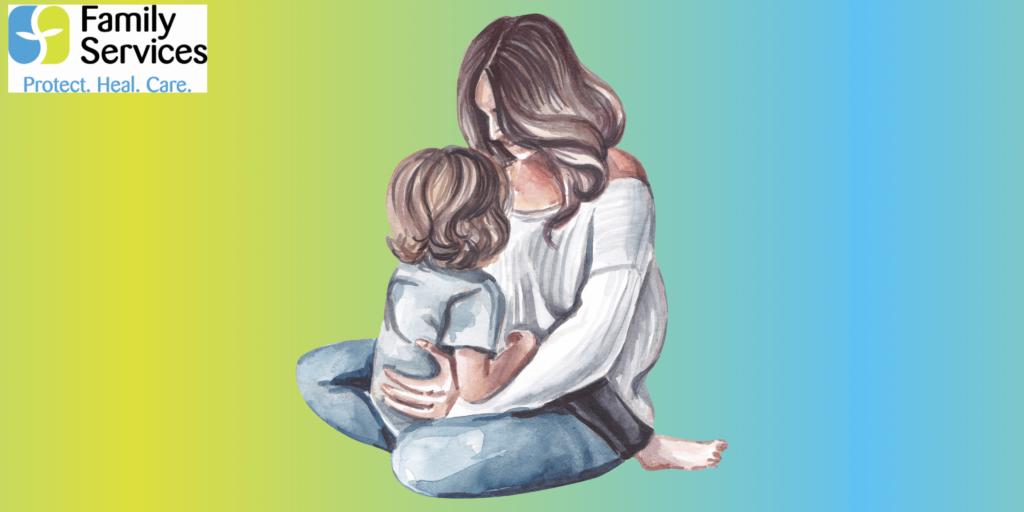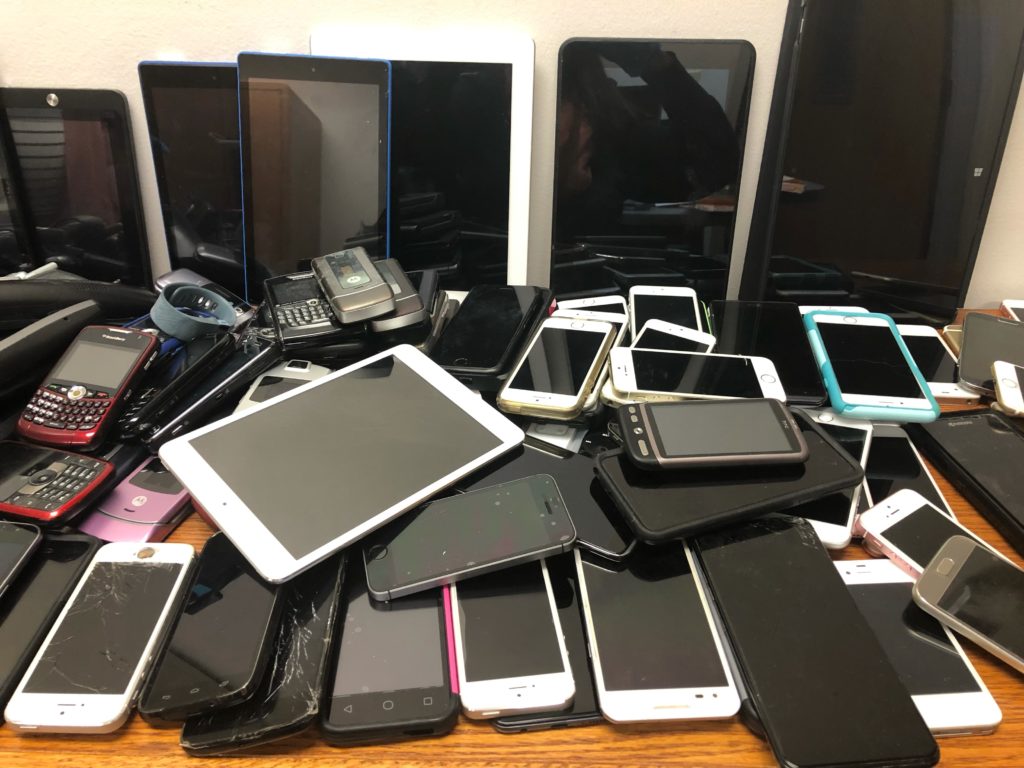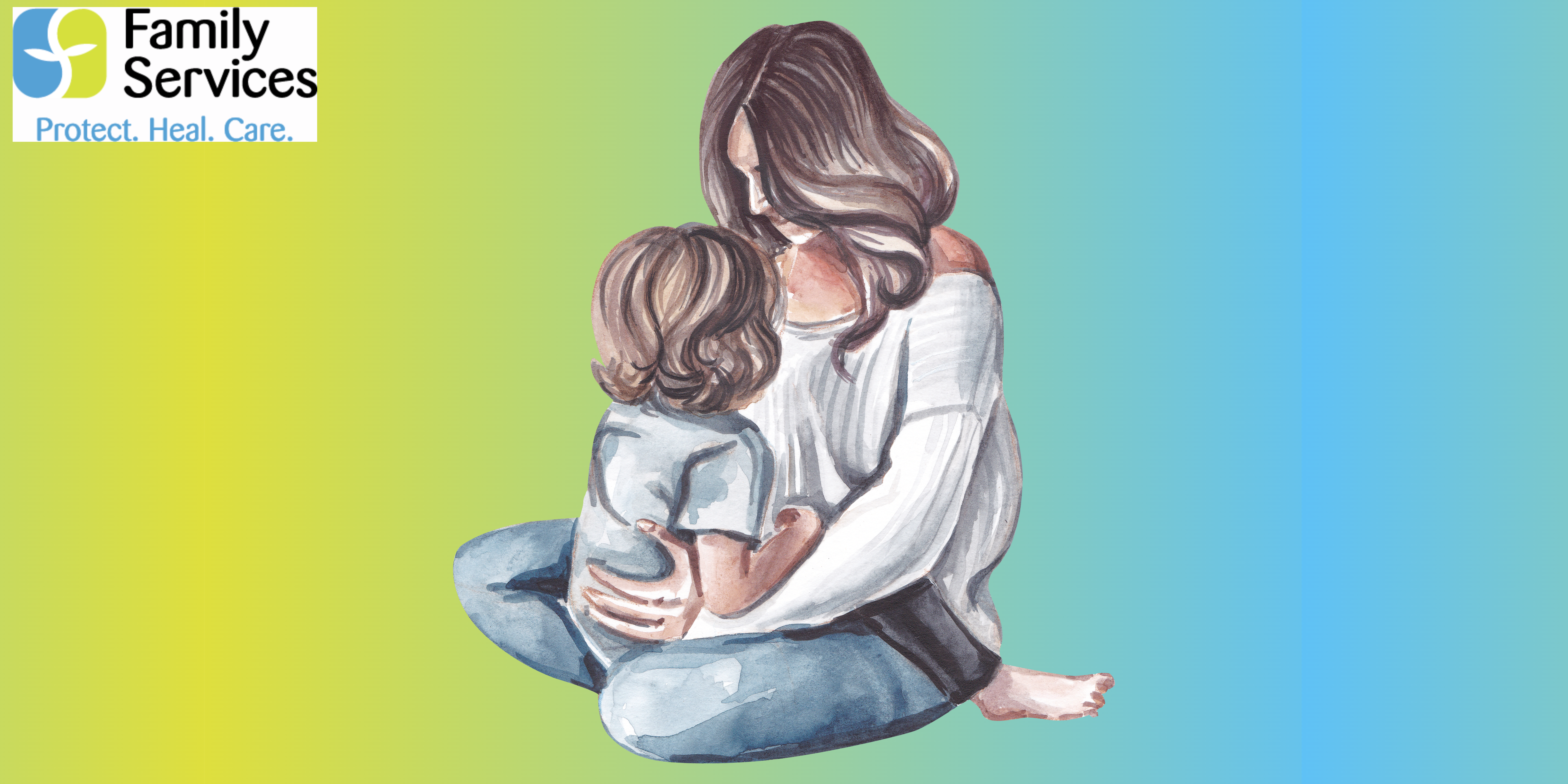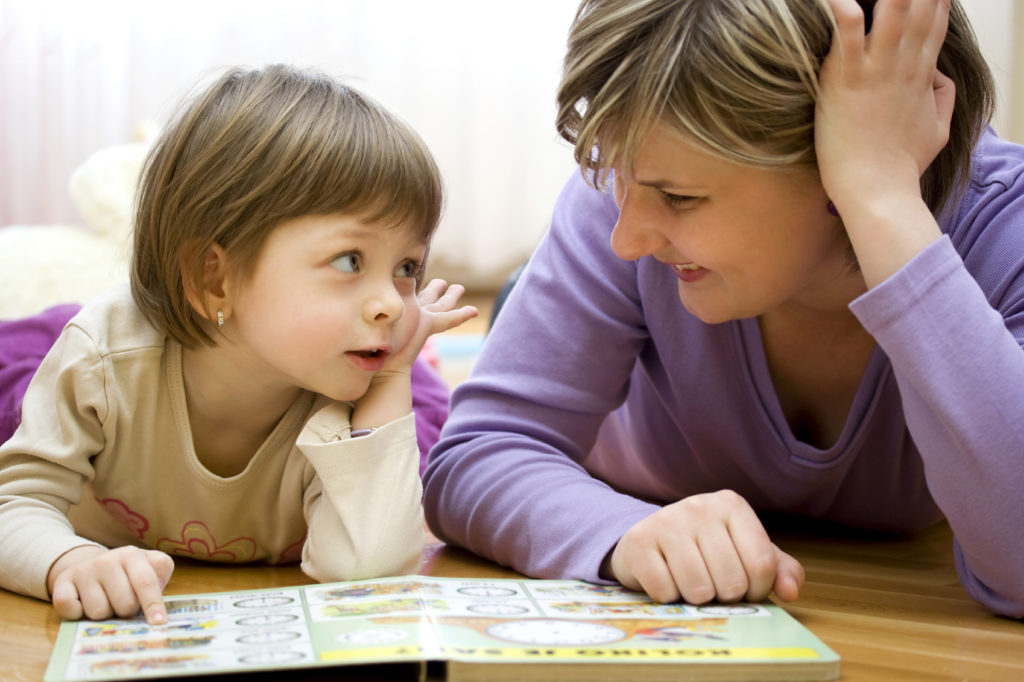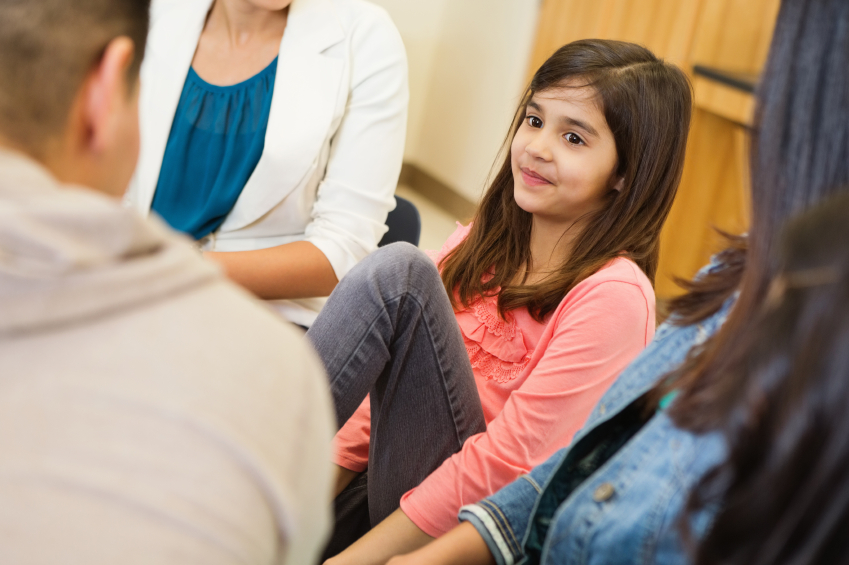The Unseen Load: What Parents Are Telling Us (And How Can We Help)
Being a parent is one of life’s greats joys, and greatest challenges. Here at Family Services, we see you juggling newborn late nights, school pickups, work deadlines, meal prep, and bedtime routines often with little time to catch your breath.

We recently reached out to our social media community with a simple question: As a parent, what impacts your mental health the most? Here’s what you told us:
- 50% said not enough sleep 😴
- 33% said too much to handle 📚
- 17% said not enough time for themselves ⏰
- 0% said hard child behavior 🧒
These responses highlight what we hear from families across our community: While children’s behavioral challenges certainly create significant stress for many parents, it’s often the behind-the-scenes struggles—the chronic sleep deprivation, the overwhelming responsibilities, and the complete lack of personal time—that push parents closest to their breaking point.
The daily balancing act doesn’t just feel heavy; it impacts your entire wellbeing.
When Sleep Becomes a Luxury
Half of you told us that sleep (or the lack of!) affects your mental health the most. We get it – those 2 AM wake-ups and early morning starts take their toll. Add in the never -ending mental load of parenthood – worrying about development, safety, school, friends – and it’s no wonder your mind races when your head hits the pillow.
How we can help: Our parenting classes give you practical ways to tackle family stress and build better routines. Sleep is so important, which is why one of the sessions included in our Free Online Offering, Triple P, is “Developing Good Bedtime Habits”. And if you’re lying awake worrying while your kids are sound asleep, our counselors are here to help!
Juggling Life, Work, and Everything Between
A third of parents told us they simply have too much to handle—and who can blame them? Today’s parents are basically doing the jobs of several people all at once: raising kids, managing homes, building careers, and coordinating everyone’s schedules. No wonder so many of us feel overwhelmed.
How we can help: Our Home Visitation Program brings support right to your doorstep. Designed for parents with young children, our friendly staff will visit you home with a variety of tips and resources, including positive parenting information, constructive play ideas and developmental screenings. Sometimes having someone come to you (instead of adding another appointment to the calendar) is exactly what an overwhelmed parent needs.
And remember—you don’t have to be at your breaking point to call for backup. The 988 Wisconsin Lifeline isn’t just there for life threatening emergencies. We have people ready to talk you through all kinds of tough spots, from relationship stress to those moments when the kids have pushed every last button you have. Sometimes just having someone to vent to for a few minutes can make all the difference.
Finding Moments for You
Finding time for yourself isn’t just a nice idea—it’s essential for your wellbeing as a parent. Yet carving out those moments can feel nearly impossible when everyone in the family needs your attention and energy. Self-care isn’t selfish—it’s what makes sustainable parenting possible.
How we can help: Our Support Groups are often described as “the highlight of my month” by parents who attend. Even one hour connecting with others who understand can feel like a mini-vacation!
If you are pregnant or breastfeeding, we’d love to see you at our Breastfeeding Connections Support Group! This FREE group offers pregnant and breastfeeding mothers a relaxed space to explore topics around breastfeeding and self-care, ask questions, and connect with other moms from the Fox Valley.
What About Those Tantrums?
Interestingly, nobody in our small survey mentioned difficult child behavior as their biggest mental health challenge. We know this was a limited sample and it doesn’t capture the full range of families in our community, many of whom definitely struggle with challenging behaviors day in and day out. That’s exactly why we’ve created several programs to help parents navigate these common but tough parenting moments.
Want specific strategies for common challenges? Our Virtual Triple P Sessions tackle topics like Dealing with Disobedience, Hassle-Free Mealtimes, Hassle-Free Shopping, and Managing Fighting & Aggression. Join for just one topic of the whole series at no cost to you.
For parents navigating behavioral or mental health challenges with their children, our monthly Parent & Caregiver Support Group offers a judgment-free zone where you can connect with others who truly get it. It’s a place to share what’s really going on, find resources that actually help, and remember you’re not alone on this journey.
Your Next Step (It’s Easy!)
Your wellbeing matters—for you and your family. Sometimes being a good parent means recognizing when you could use a little extra support.
Whether you’re dealing with sleepless nights, busy school schedules, or teenage challenges, Family Services has resources that might help make things a bit easier.
Connecting with us is simple. Check out our website, give us a call, or stop by our office. We work hard to make our services accessible to all families in our community, with a variety of program schedules and payment options available. Just reach out, and we’ll find the best way to connect you with the support that fits your family’s needs and circumstances.
Remember: You’re doing one of the most important jobs in the world. We’re just here to help you along the way.
